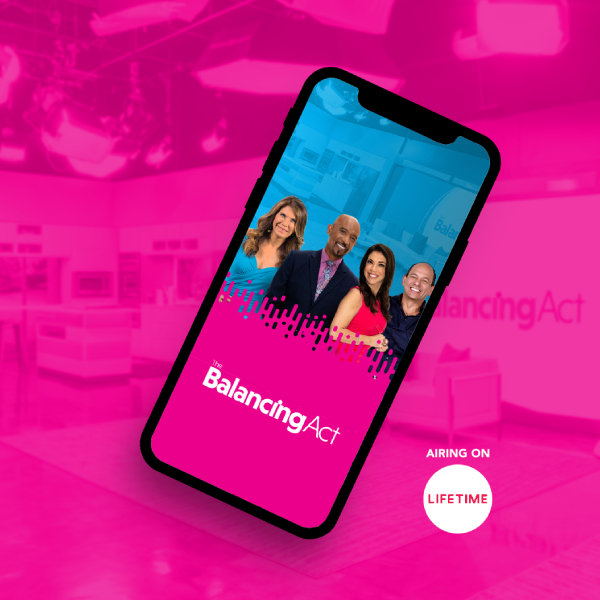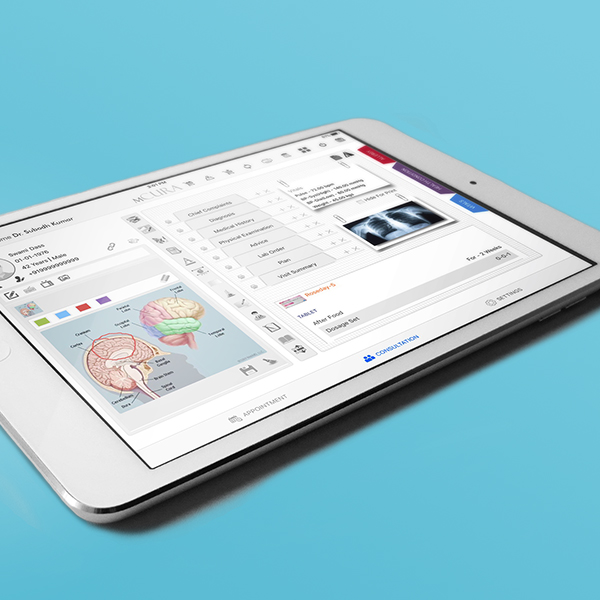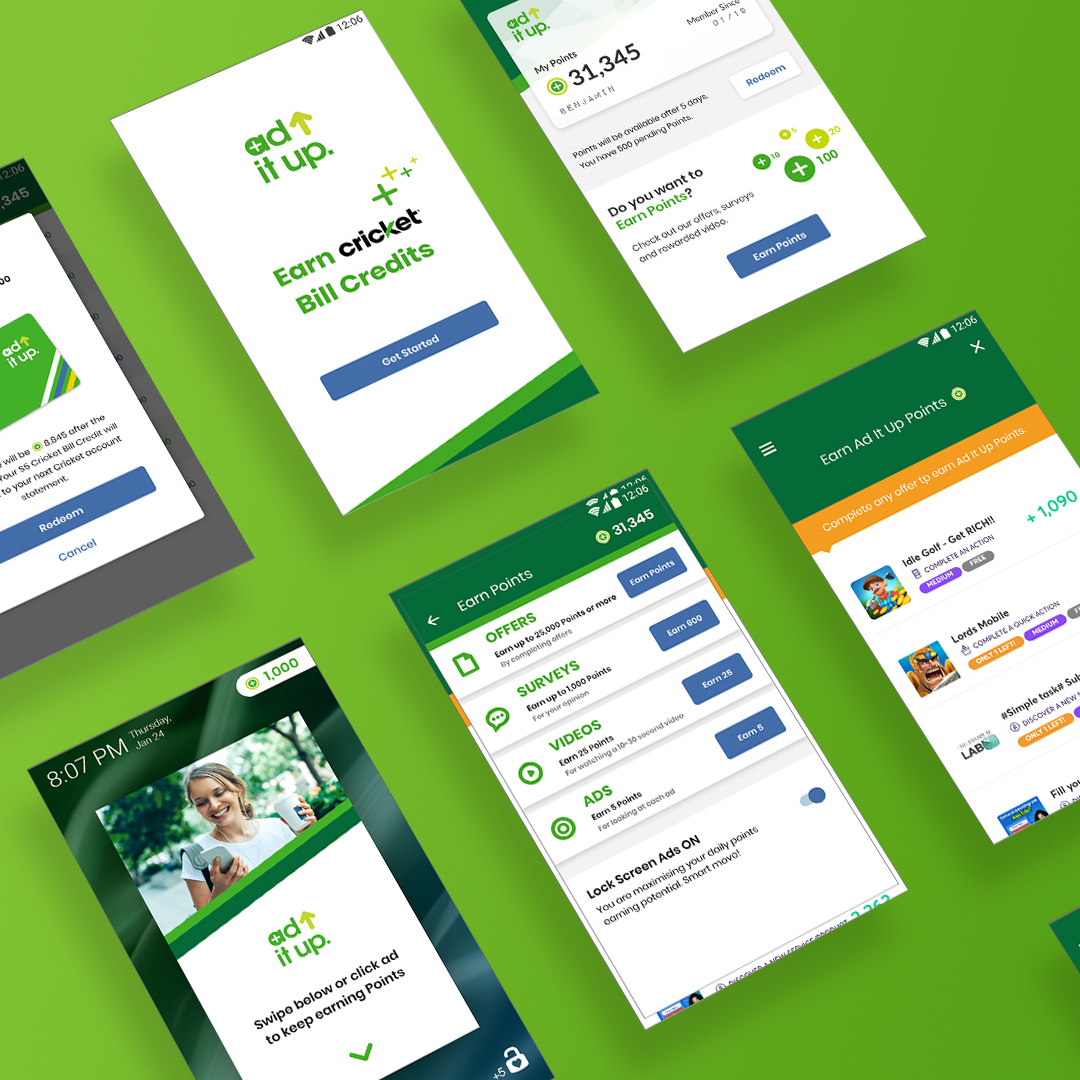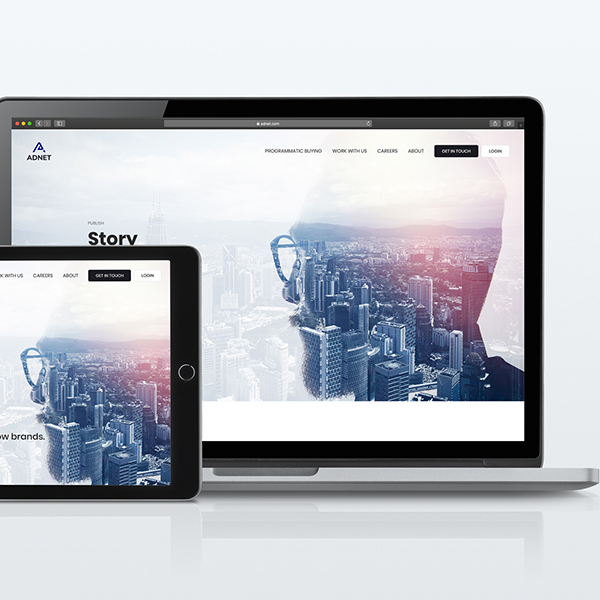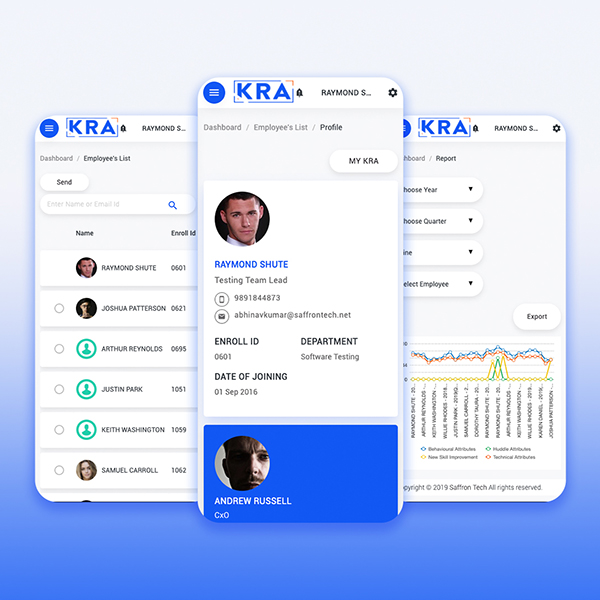Published by: Engin Ayaz, Technical Program Director, BrandStar Tech
Here we are with yet again another bigger, better, faster and “best” iPhone upon us, the iPhone 12. With each iteration of the most powerful brand in the smartphone market there are updates that feature software and hardware advancements that are promised to completely change our life for the better. True to form, Apple created a stunning webpage for their newest iPhone that includes marketing and tech specs that should impress even the most loyal android fans and introduces a bit of technological wizardry that will require engineers to stay on their toes, but in an uncharacteristic yet welcome way they failed to disappoint on some long overdue upgrades like 128gb base storage and 5G.
Apple is releasing several variants, but the ones that pack the tech that most excites us are reserved for the iPhone 12 Pro and iPhone 12 Pro Max. The iPhone 12 and Pro are already for sale (the Pro Max is available on 11.6), but their full impact on consumers, businesses and developers are yet to be seen. What I’m here to share is what I see as the most exciting for aspects for us at BrandStar Tech both as technologists, and as daily users of the iPhone itself.
iPhone 12 Features that Matter to a Technologist
There will never be a shortage of iPhone tech spec articles and YouTube videos of people who will dissect and wax poetic about their opinion of the phone, how it performs, how it competes, and so on – but we need to understand what makes the iPhone 12 Pro different to talk about what makes it exciting, so here’s a quick list of the new details that are the most pertinent for this article:
- New LiDAR Scanner for Enhanced and Immersive Augmented Reality (AR)
- A14 Bionic Chip – Fastest Available
- Computational Photography
- 5G

For consumers, this is a smartphone user’s dream, but the implications for business and developers is even more far-reaching. Faster Internet and connectivity with 5G is nice, but we weren’t really suffering with 4G. The nicer cameras are always welcome, but we already know we won’t look back at 99% of all of the photos we take. What really gets us excited is not all of the incremental advancements – it’s the iPhone 12’s brand new and seriously game-changing augmented reality capabilities thanks to it’s LiDAR scanner
What is Augmented Reality?
“Augmented reality (AR) is an enhanced version of the real physical world that is achieved through the use of digital visual elements, sound, or other sensory stimuli delivered via technology.” In every day terms, it means that digital images or objects are superimposed into your existing environment.
Augmented reality is not to be confused with virtual reality which completely immerses you into a different environment.
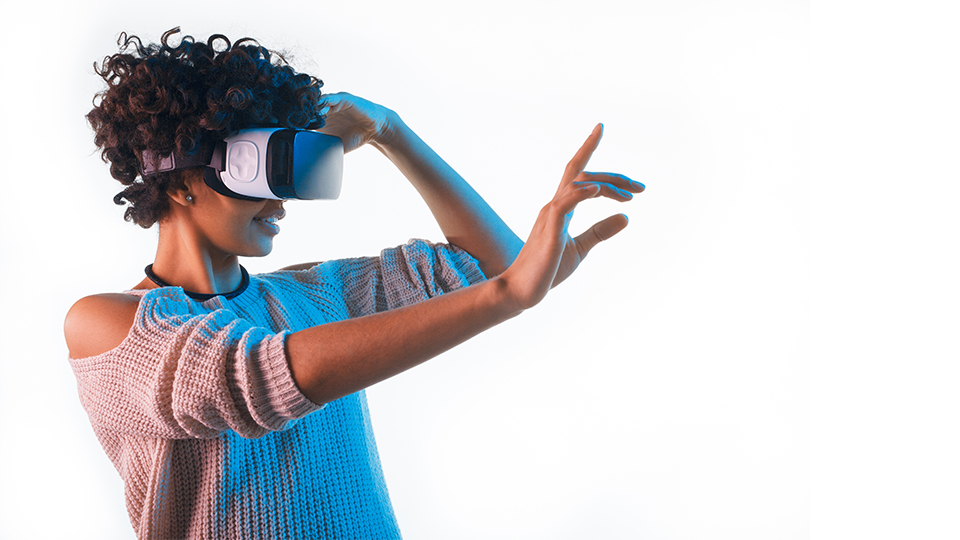
You’ve probably heard of AR in popular gaming apps, like Pokémon Go, but it’s popping up all over the place. When Amazon or Home Depot shoppers are deciding on which furniture to purchase they can use the power of augmented reality to digitally place items in their own environments to make sure it’s the right match for their specific application. LiDAR in the hands of millions of users around the globe will make these technologies more enticing and powerful than ever.
In addition to retail and gaming, some of the industries that are also starting to benefit are healthcare, manufacturing, education, automotive, military, and real estate.
From a retail standpoint, shoppers can try on an outfit from the comfort of their own home, digitally without ever leaving the house. With real estate, potential home buyers will be able to visualize their own furniture, and even their families, inside that new home, without ever leaving their seat. The better the augmented reality technology gets, the less need there is for travelling, and the less dependence on guessing, or otherwise using your imagination to establish decisions. These examples are relatively easy to understand and implement, but the greater implications for the nature of buying and selling and how we do business will be changed forever. Without detailing similar changes in the immense efficiencies and benefits of AR in healthcare, education, and industrial applications, with a little bit of expertise in any of these fields it would be easy to understand just how limitless the benefits are by applying this technology to each these fields.
The iPhone 12 Augmented Reality Experience
The LiDar (Light Detection and Ranging) scanner on the iPhone 12 Pro and Pro Max models puts this powerful technology right in the hands of consumers and brings them directly to you. LiDAR offers “the ability to measure light distance and use pixel depth information of a scene. This technology delivers faster, more realistic AR experiences and improves autofocus by 6x in low-light scenes for more accuracy and reduced capture time in photos and videos. This advanced hardware, combined with the power of Neural Engine of A14 Bionic, also unlocks Night mode portraits, rendering a beautiful low-light bokeh effect.”
Companies that can jump on the AR bandwagon now will reap the benefits far into the future. The TAM (Total Addressable Market) for AR is just $18 billion in 20233, yet it is only just now beginning, and with a key hardware becoming available on one of the most popular and widely used pieces of technology, we can only assume this number will only scratch the surface of the commercial gain that will be made available in the short and long term.
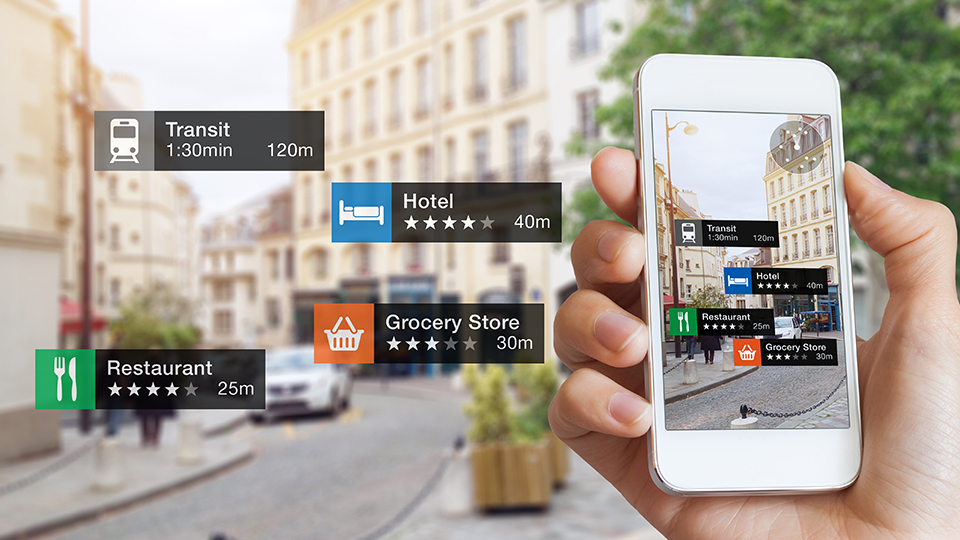
Implications for Your Business
Home Depot is using AR in mapping their stores, giving users a better experience when looking for items in their warehouses, and at home when they need to visualize an item with accurate proportions. IKEA is also using this technology to do the same – not only increasing MAUs, but also decreasing their returns on items that just weren’t the right fit.
Marketing agencies are using AR technology to create engaging, memorable, and sometimes magical experiences for their clients, like the USPS 2014 Holiday AR Campaign which brought gingerbread houses and Christmas trees to life throughout the neighborhood.
Design agencies and architects are using AR to showcase designs to General Contractors, developers, and residential home owners what their plans will actually look like, versus having to visualize in their mind with blue-prints or 3D animations alone.
Many individuals, businesses, and communities will benefit from AR, and a lot of development will be hyper-focused on the iPhone, since it is so ubiquitous, but how do you get ahead of technology and development when it’s still so new to many of us? You can try it yourself, or you can call in the experts. My team at BrandStar, which has been in business since 1994, has partnered with more than 10,000 emerging and Fortune 100 brands – helping them to exceed their business, marketing goals, and technological aspirations.
If you have any questions, or would like more information, please contact us HERE or at (844) 200-2525.
Recent Posts
- How Business Execs Can Save Time in 2021 January 19, 2021
- Need a Simple, Yet Effective Website? December 29, 2020
- Email Lead Generation: Building An Opt-in List Vs. Buying A Rented List December 29, 2020
- OKR: Part Art. Part Science… All Passion December 29, 2020
- iPhone 12 and Augmented Reality – What Businesses and Developers Need to Know October 15, 2020

